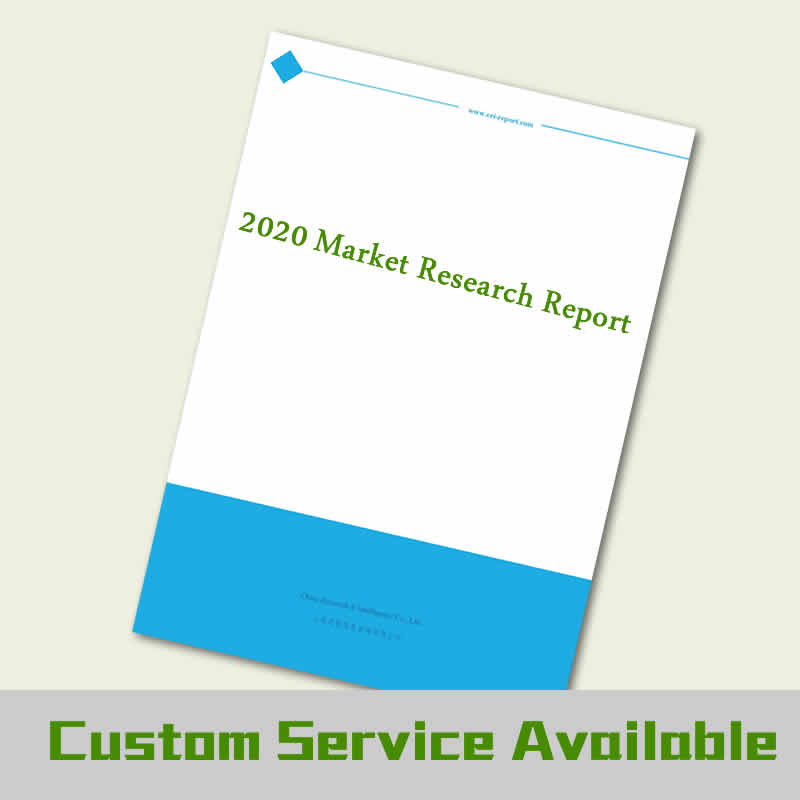Description
Description
According to CRI, thanks to the rapid development of the Internet industry and take out delivery mode, the coffee market in China is growing rapidly, especially freshly ground coffee market.
Coffee Bean Imports
From 2017 to 2019, the total import of coffee beans remained stable, with the highest total import in 2018, reaching 294.26 million US dollars.
According to CRI, affected by the COVID-19 in the first half of 2020, the import volume of coffee beans was less than half of that in the previous years.
According to CRI, the average import price of coffee beans increased from USD 4,005.41 per ton in 2017 to USD 4,474.38 in 2018, and then dropped to USD 4,134.05 in 2019.
In the first half of 2020, the price rose again, with an average of USD 4,476.09 per ton.
The Chinese market divides the imported coffee beans into four categories according to whether they are roasted and whether they are decaffeinated.
Green coffee beans are the main products imported from China, roasted coffee beans rank second.
According to CRI, major sources of imported coffee beans are Vietnam, Malaysia, Brazil, Columbia, Indonesia, Guatemala, Ethiopia, etc.
Since China’s per capita consumption of coffee is far lower than that of countries with mature coffee culture, there is still a lot of room for development. The annual growth rate of coffee consumption in China is expected to maintain at about 8.3% in the next few years.
According to CRI, as for the import of coffee beans, due to the impact of the epidemic situation, it is expected that the import volume of 2020 would decline compared to the previous years, rebound after the economic recovery in 2021, and stabilize at 64-65 kilotons in the following years. The import value is expected to be close to USD 300 million in 2024.
Readers may obtain the following information through this report:
– Economic Environment of Coffee beans Industry in China
– Policies in Imported Coffee beans in China
– Analysis of Supply and Demand of Coffee beans in China
– Analysis of Imported Coffee beans in China
– Analysis of Major Sources of Coffee beans in China
– Price Trend of Imported Coffee beans in China
– China’s import of coffee beans into customs


